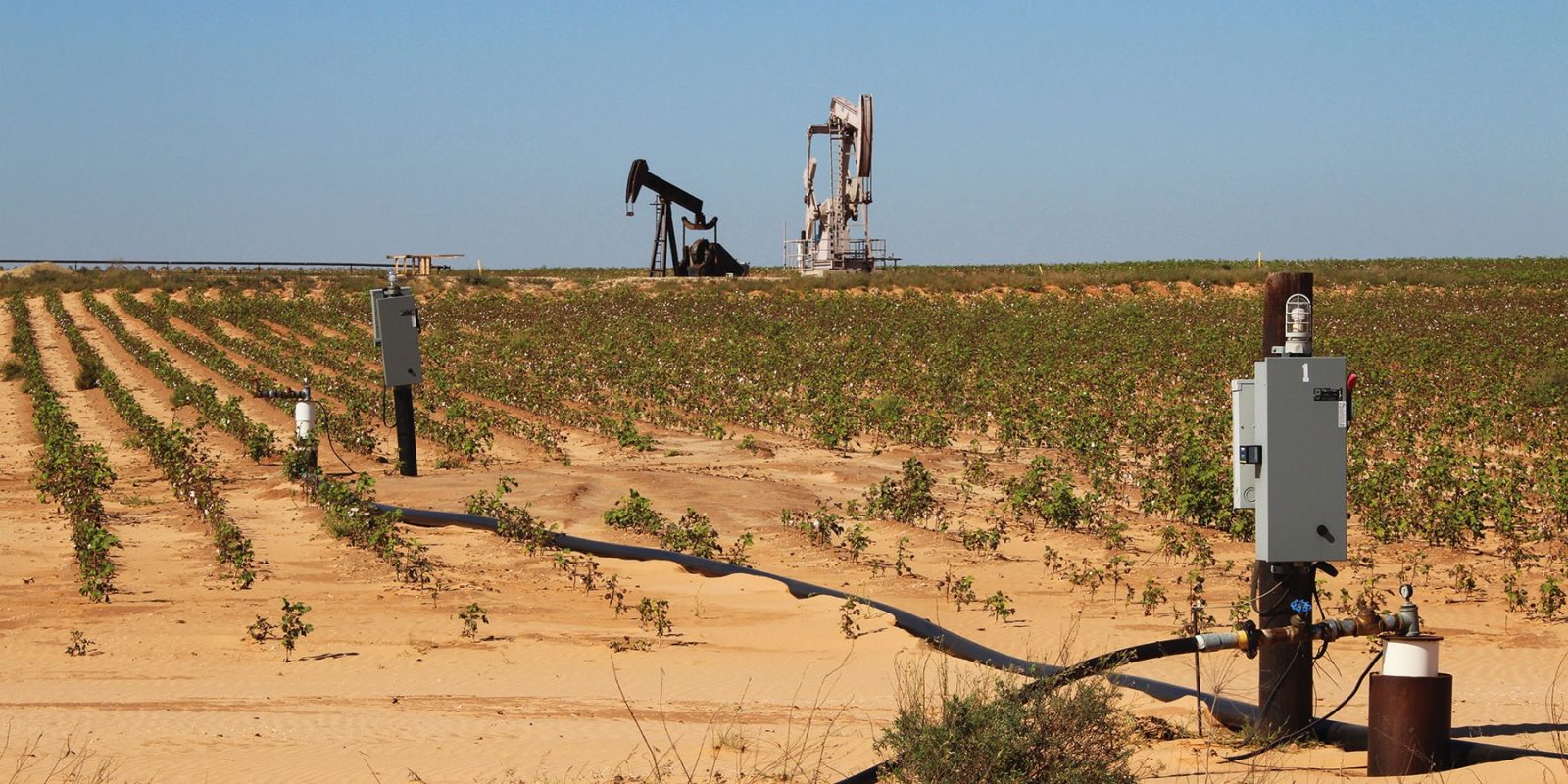
America’s Top Oil Field Was Desperate for Pipelines. Now It Has Too Many.
Permian Basin has become a headache for pipeline operators, with the pandemic further damping demand for crude.

The U.S. has more than doubled its crude output over the last decade. Much of the growth is due to the Permian Basin of West Texas and New Mexico. WSJ traces the hotspot of North America’s crude oil boom, with a look at challenges that producers in the region face.
America’s hottest oil region has too many pipelines and not enough oil to fill them, bad news for pipeline operators.
Just two years ago, rapid production growth in the Permian Basin of Texas and New Mexico had overwhelmed regional infrastructure, causing bottlenecks that crushed local crude prices.
Now, the region, which is producing around four million barrels a day of oil, has some three million barrels a day of excess pipeline space, according to East Daley Capital Advisors Inc., an energy data firm. A drop in oil demand during the pandemic, which caused crude prices to fall and forced companies to trim production, has exacerbated what was already becoming a mismatch.
The abundance of conduits is a welcome change for shale companies but challenging for fuel makers and pipeline operators such as Plains All American Pipeline PAA -1.00% LP and Energy Transfer ET 0.18% LP that had benefited from the congestion.
“We are going to need significant consolidation in the midstream space overall, and particularly in these basins where the oversupply is as dramatic as it is,” Tyler Rosenlicht, a portfolio manager at investment firm Cohen & Steers Inc., said of the pipeline companies.
Oil fields often yo-yo between not having enough pipelines to move their crude to market and having too many. But the mismatch between pipeline space and oil output in the Permian is particularly extreme. As of September, large Permian conduits and local refineries could absorb roughly 7.3 million barrels of oil a day, according to East Daley.
By early next year, capacity is expected to climb to around 8.3 million barrels a day, meaning producers would be using only about half of the available pipeline space for Permian crude, East Daley estimates. That is down from utilization as high as around 96% in the spring of 2018.
Yet the region likely was going to have more pipelines than it needed even without the pandemic. That is because producers already were beginning to slow production as investors pressured them to prioritize returns over growth.
Last year, pipeline firms Energy Transfer and Epic Midstream Holdings LP responded by lowering some of the rates they charge to ship oil, according to East Daley. Companies also have discussed reversing the direction oil flows on their pipes to send more oil to Gulf Coast export markets, or converting oil conduits to ones that carry natural gas or natural-gas liquids, according to people familiar with the matter.
“In the medium-term, we don’t need it, and they don’t need it,” Jim Teague, co-chief executive of the company’s general partner, said at a recent conference.
Enterprise also has considered switching one of its Texas pipelines back to handling natural-gas liquids, after having converted it to crude early last year to satisfy the crush of Permian demand. A spokesman said Monday that the company had yet to decide whether to pursue the conversion.
With little incentive to put more conduits in the ground, pipeline companies are likely to merge with one another, Plains All American Pipeline Chief Executive Willie Chiang told investors earlier this month.
“You have to grow in different ways,” Mr. Chiang said. “And I do think as we go forward more consolidation will happen.”
The abundance of pipeline capacity is yet another headwind for fuel makers, which often benefit when congestion depresses regional crude prices, allowing them to scoop up oil for processing on the cheap in specific areas.
Two years ago, Permian oil was discounted by as much as around $18 a barrel below the U.S. benchmark, according to energy-information provider Argus Media Ltd. That helped drive fuel makers including Phillips 66 and Delek US Holdings Inc. to their highest annual profit on record.
As of mid-September, oil sold in Midland, Texas, at the heart of the basin, fetched slightly more than crude traded at the Cushing, Okla., hub, Argus data show.
Shale producers, on the other hand, are reaping the benefits of abundant pipeline space, particularly ones that didn’t sign long-term contracts to ship their oil at a fixed rate.
“Two years ago, we were just looking for any way out,” said Suzie Boyd, president of Midland-based Caballo Loco Midstream LLC, which helps producers sell their oil and gas. Now, her clients have options.
“If anything, I have more stroke with the markets that I’m directing barrels to,” she said. “They’re calling me, instead of me calling them begging.”
